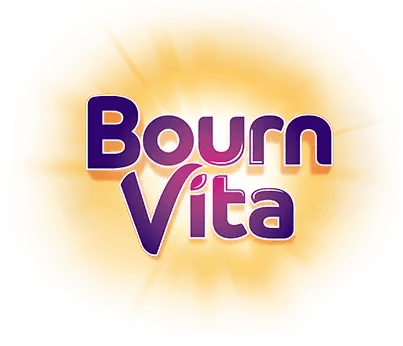- Play Hangman But With Food
- Make Balanced Diet Food Plates
- Bring An Unknown Fruit/Vegetable Day
- Try No-Heat Cooking
- Play Nutrients Memory Game
In class 2, children are just evolving past sentences into writing small paragraphs and studying chapters instead of playing and rote-learning only. Though they are only 7 or 8, their minds are growing at an elevated pace, acquiring new information and concepts through fun learning strategies. But, as they have begun developing their individuality and preferences, it may be difficult to hold their attention span if a topic does not intrigue them. And that is where interactive learning comes into play.
As children should be introduced to different food groups and new dishes from a young age, second grade is crucial for sealing the nourishment deal to avoid picky eating and food intolerances. Therefore, parents and teachers need to make nutrition interactive and fun to engage their second graders in exploring a balanced diet. Since children are naturally curious, if you manage to tap into the vein, they will understand and accept the boons of a balanced diet in no time. Here is a quick guide with some helpful tips on interactive nutrition and the art of engaging class 2 students in exploring a balanced diet.
Interactive Nutrition Is Easy With These Tips On Engaging Second Graders
1. Play Hangman But With Food
Hangman is everybody’s favorite letter-guessing game. Why not zing it up with a nutritional twist and get kids into learning a fun fact per the right answer? Play it at a house party or at school and watch all the kids line up to play hangman but with food. From guessing the correct spelling of burrito to sausage to learning different nutritional facts about them. The game will keep your second graders busy for a long time without realizing they have been exploring different components of a balanced diet.
2. Make Balanced Diet Food Plates

Just like the USDA (United States Department of Agriculture) MyPlate, make a fun activity of making personalized, balanced diet plates with your second graders. You can make a full day of it after teaching them what calories, food groups, macronutrients, and micronutrients are. For example, if they have already done their family activity homework, they can figure out their respective calories, carbohydrate, protein, and fat requirements at home. In that case, you can revise those concepts with them through this activity without having to bore them. As for making the plates, use different colored papers for each of the five main food groups: fruits, vegetables, dairy, protein, and whole grains. Label properly and decorate with photos of their food sources, if desired. This will help kids, and their parents remember and fulfill their daily nutritional requirements.
3. Bring An Unknown Fruit/Vegetable Day

This is going to be a fun day at school for second graders. Ask them to bring a fruit or vegetable they have never tasted before. Tell them to bring the food to the front of the class and talk about their thoughts on it and why they want to or do not want to try it. This often clears up their misconceptions and prejudices towards certain healthy foods that certainly do not deserve it. This is another way of exploring the healthy components of a balanced diet and resolving any wrong ideas the kids might have about them.
4. Try No-Heat Cooking

Create an event or carnival at school and try to get every class to provide a food stall, with all the items cooked by them. Keep it no-heat cooking for children, and let your second graders try making sandwiches, salads, shakes, and vegetable pinwheels. Since parents will be the customers, there will be no dearth of food buyers. But this endeavor will imbue kids with confidence about cooking, nutrition, and food. It will also give them independence and a healthy sense of appreciation for the art of cooking and the tasty food their mother serves them daily.
5. Play Nutrients Memory Game
Since nutrients often have difficult and lengthy names for second graders to learn, it is ideal to introduce them to such nutrients via a memory game. Their eagerness to remember the names and win among peers will improve their cognition and memory. At the same time, they will explore and learn various important components of a balanced diet in a fun, engaging manner.
Conclusion
Interactive nutrition may seem difficult to handle, especially with so many eager second graders. But once you get used to it, you will see a few better ways of teaching class 2 students difficult concepts like nutrition and a balanced diet. While being the fun teacher or guardian, remember to be kind and patient but strict when required to temper their excitement. Always encourage questions and suggestions, and appreciate every little effort, as children always adore and learn more from kind, interactive adults, be it nutrition or math.
Kaushiki Gangully is a content writing specialist with a passion for children's nutrition, education, and well-being. With more than five years of writing experience and a science-based background, she provides nuanced insights to help families raise happy, healthy kids. Kaushiki believes in making learning and healthy eating fun, empowering parents with practical, easy advice.
The views expressed are that of the expert alone.
The information provided in this content is for informational purposes only and should not be considered a substitute for professional medical advice, diagnosis, or treatment. Always seek the advice of your physician or another qualified healthcare provider before making any significant changes to your diet, exercise, or medication routines.
















